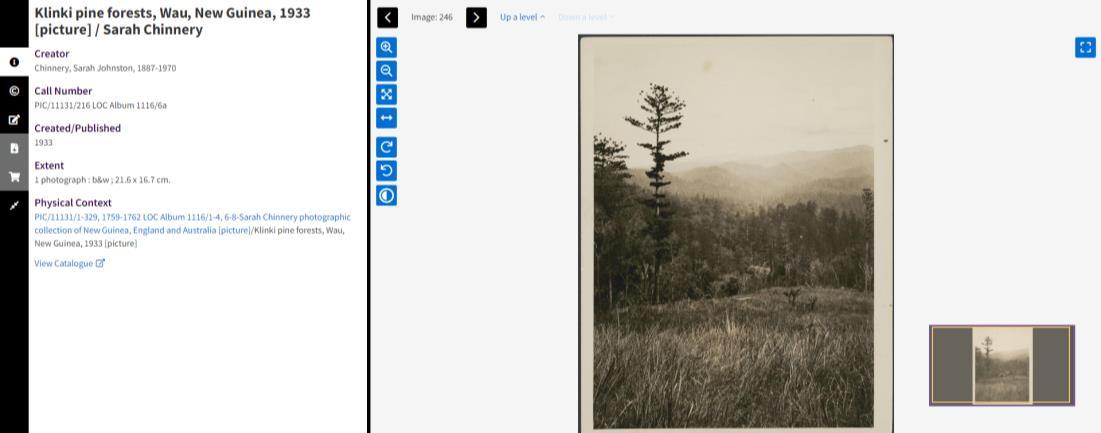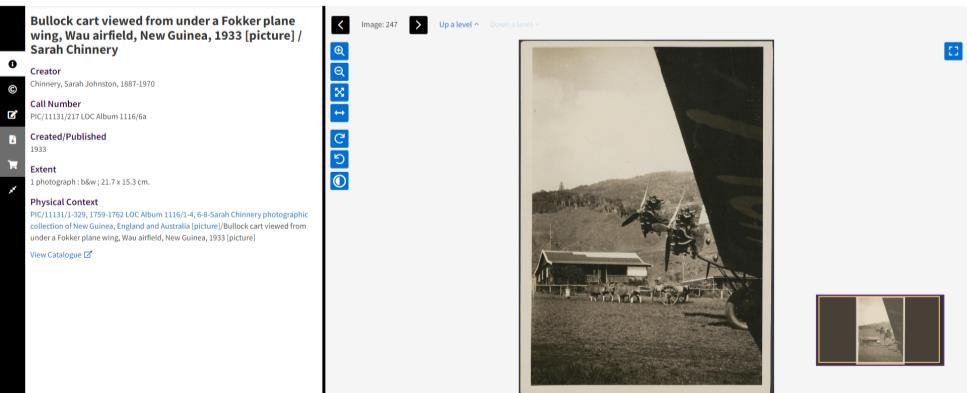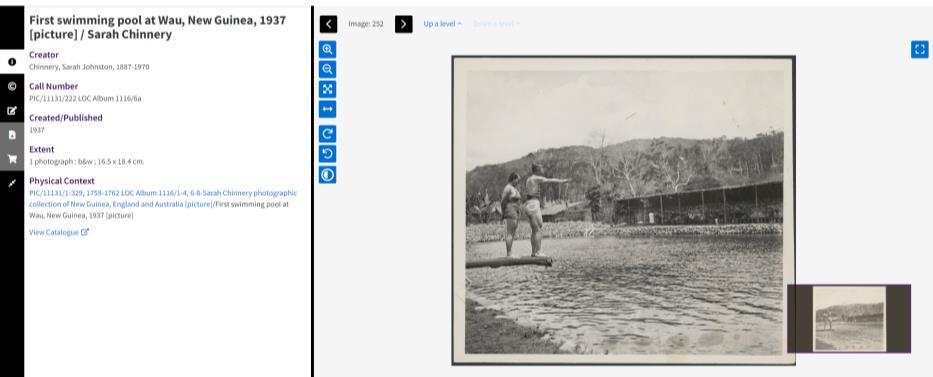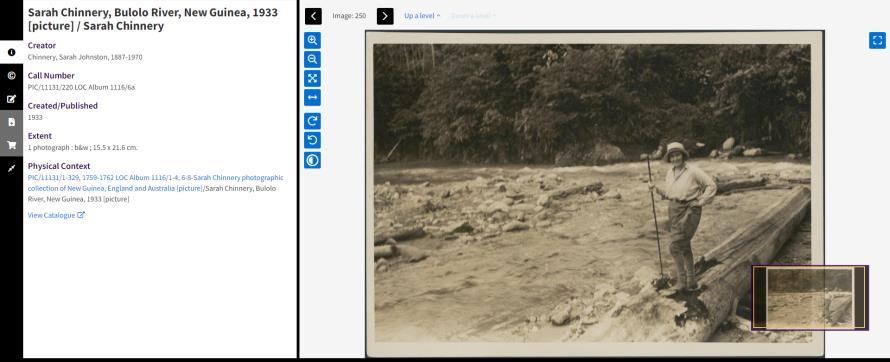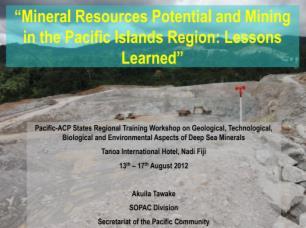
13 minute read
Wau History
from PNGAF MAGAZINE ISSUE # 9B-5B4H3 of 24th June 2022. Eminent TPNG Forester Des Harries.
by rbmccarthy
APPENDIX 1 - WAU HISTORY. Wau is situated at an altitude of around 1100 metres in Morobe Province PNG. The Wau Ecology Institute is a biological research station situated near Wau. Wau was the site of a gold rush during the 1920s and 30s. While much of the mineral reserves have been extracted, industrial gold mining continues at Edie Creek and at the newly established Hidden Valley Gold Mine operated by Harmony Gold - South Africa.
A satellite image of Wau and the mines, looking towards Bulolo. Source Wikipedia.
Advertisement
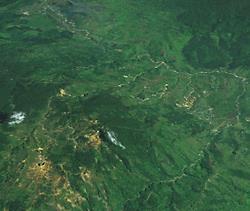





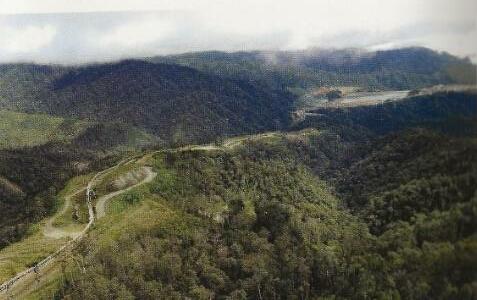
Aerial View of Hidden Valley Gold Mine above Edie Ck Wau and 5.5 km pipe conveyor conveying crushed ore to the processing plant. Source PNG Chamber of Mines and Petroleum 2013.
, some 210km north-west of Port Moresby.
Wau was the site of a gold rush during the 1920s and 30s when prospective gold diggers arrived at the coast at Salamaua and struggled inland along the Black Cat track. The first strike at Wau, the start of what would be known as the Morobe Goldfield, was made at Koranga Creek by William ‘Shark-Eye’ Park, probably towards the end of 1921. Park and his partner, Jack Nettleton, ran a clandestine mining operation for twelve months from April 1922 until a new Mining Ordinance enabled them to get their gold out legally. Nettleton, it is known, took out 6000 troy ounces, or about 190 kg, of gold in August 1923. Only a handful of miners worked the field, rich as it was, until 1924. From 1924 to 1926 perhaps 20 miners were on the field producing about 200 kg of gold a year. The real rush began in 1926 with much bigger discoveries at Edie Creek, above Wau. The new rush made air transport viable and Wau’s airstrip opened in 1927 by the Parer brothers originally of Spanish descent. In 1928 there were 200 miners and production was about three tonnes a year. The influx of miners was often in conflict with the area's indigenous populations, including the Biangai along the Bulolo River and the Watut along the Watut River. During the early gold rush (1924–1927) prospectors and carriers employed from the coast followed paths through some of the Biangai villages. The beginning of air transport reduced the need for lines of carriers. In 1972, in the 6000 hectares case, PNGLR 71 (19 July 1972) the Biangai won the restitution of the Morobe Goldfields in the Supreme Court of Papua New Guinea and compensation was awarded in respect of historical gold sales. Park quit Wau in 1926 as a wealthy man. After this properly capitalized companies were formed. New Guinea Goldfields, Ltd (NGG) was the biggest operator, but there were many others: for example, Koranga Gold Sluicing, Sandy Creek Gold Sluicing, Edie Creek Gold Mining Company, The Golden Deeps N.L., Upper Watut Gold Alluvials, Placer Development Limited, ETC. In subsequent years, NGG consolidated control over much of the mineral reserves using its large capitalization to purchase the smaller leases. Underground mining began with the Day Dawn mine in 1931; several similar operations were opened before and after the Second World War. These mines were exceedingly small by modern standards, the biggest being Upper Ridges with a total production of 2.9 tonnes over eighteen years. Open cut mining was conducted at Golden Ridges mine between 1932 and 1941, and other pits yielded gold in the Namie area both before and after the war. Most were small and short-lived; the richest was Golden Peaks, producing about six and half tonnes of gold between 1962 and 1977. The Golden Peaks mill also processed ore brought to it by an aerial ropeway from new workings at Upper Ridges. Bulolo Gold Dredging (BGD) began operations at the sister town of Bulolo in 1932 and was responsible for the bulk of pre-war gold production: about forty tonnes in total. Seven of the eventual eight dredges worked the Bulolo Valley gravels; one only, No. 6, worked in the Wau Valley. Large operations ceased to be attractive after WWII, partly due to pegging of the gold price at pre-war prices and the last dredge ceased operating in 1965. Source Wikipedia.



One of two hotels in Wau28. Note Mt Kaindi in the background. 1930’s. Source PNGAA.
One of the richest goldmining leases on the
Edie Creek goldfields. Source PNGAA.
General view of New Guinea Goldfield's Edie Creek (called Mt
Kaindi) HQ.
A gold-mining lease on the Edie Creek. Source PNGAA.
Cliffside - a goldmining lease Bulolo River, between Wau and Bulolo. (Home of
Doris Booth OBE).

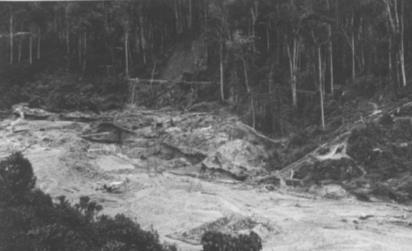
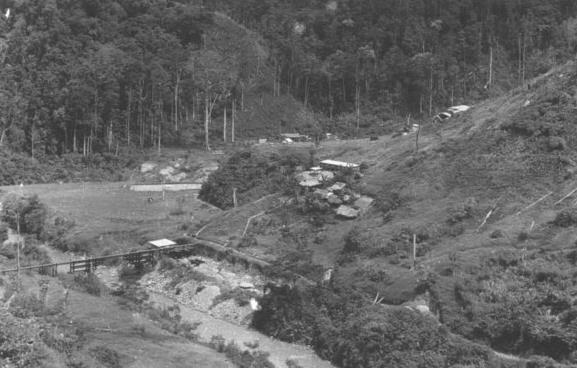
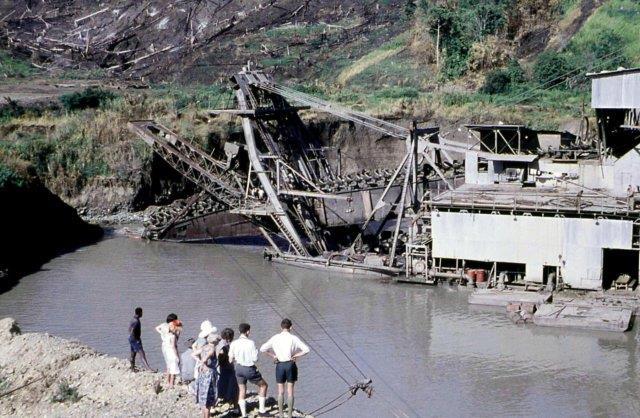
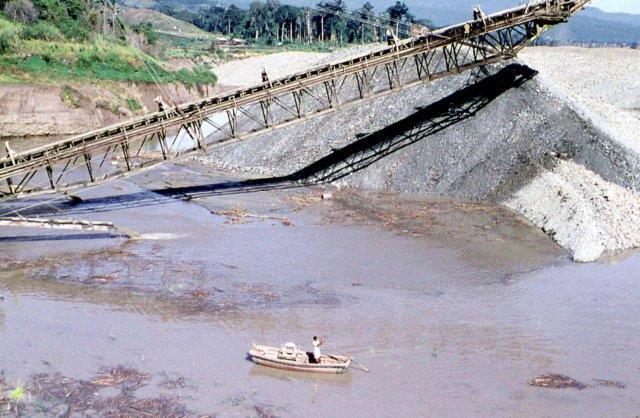
No 6 Gold dredge based in Wau Valley 1963. Source PNGAA.
At the Battle of Wau in January 1943, the Australian Army stopped an advance by the Japanese.
28 Eminent TPNG Forester Peter Eddowes 1961-1981. We were involved in a major ‘burn-off’ in the Wau valley in 1963. Frank Coppock oversaw the operation, and a whole day was spent in a successful ‘burn’. After that, we all retreated to the old Wau Pub for a few ales where caution had to be observed due to the presence of ‘termites’ in the floorboards!
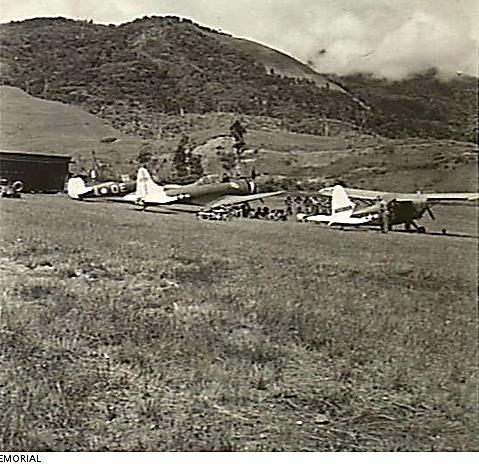
25/2/1944 The top portion of the Wau airstrip which is unique in that it runs up the slope of a hill
requiring pilots to use judgment in landing. The aircraft are, from left to right, a CAC Wirraway of 4 Squadron RAAF (coded QE-L), a Douglas A-24 Banshee 41-15801 of the USAAF and a Stinson L-5 Sentinel 42-98060 of the 25th Liaison Squadron USAAF. Source Australian War Memorial.
Wau Airstrip 1976. Photo credit Ian
Whyte.
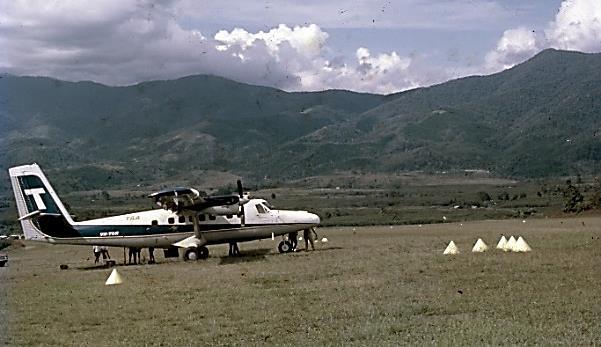
A road was established soon after World War II to Lae and this fostered the further development of local timber and agricultural industries that were originally established in support of the mining industry. While much of the mineral reserves have been extracted, industrial gold mining continues at Edie Creek and at the newly established Hidden Valley Gold Mine operated by Morobe Goldfields (a subsidiary of Harmony Gold - South Africa). Timber mills in Wau were started by Roy Hyde in 1935, who arrived with his wife, two sons and a daughter. Timber was floated down the Bulolo river to the coast, which was used for house building in Lae and other resorts along the coast. Natives would guide the rafts to their destinations.
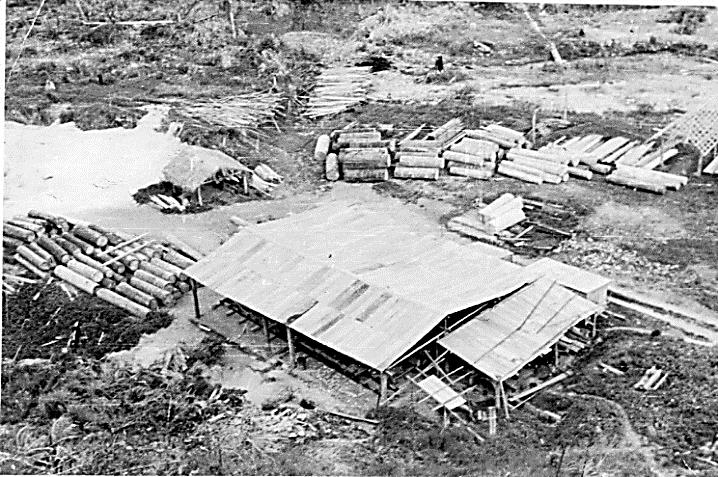
NGG Ltd sawmill at the mouth of the Binatang Creek Wau. September 1941. Photo Credit Jim Cavanaugh.
Notable people who were born in Wau included – e.g., John Laws Australian radio personality, born in Wau 8 August 1935 or lived in Wau – e.g., eminent TPNG forester Gary Archer29 .
29 Eminent TPNG Forester Gary Archer 1963-1973 - In 1948 we moved to Bulolo, where my father worked as a sawyer at the Golden Pines sawmill, just outside Bulolo. From 1949 I attended primary school at Bulolo and later at Wau, where my father worked for New Guinea Goldfields (NGG) as a gold miner and later as foreman at their sawmill. One of my schoolmates was Marybeth Owers, the daughter of NGG surveyor Noel ("Jerry") Owers, who located the road to the Kokoda Trail during the Second World War and after whom Owers' Corner is named (Aust. War Memorial, 2003).
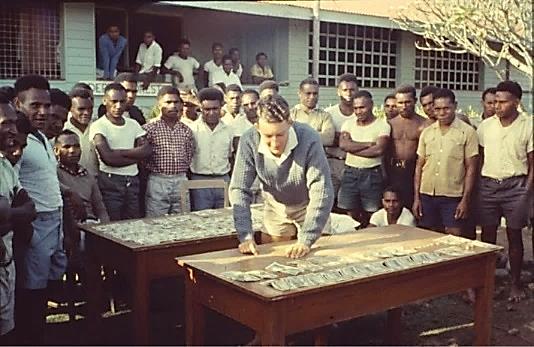
Long term resident Gary Archer provided the following early photos30 of Wau courtesy of the publication taim bipo.
Gary Archer doing the pays at Bulolo, 1963. (Photo credit Chris Borough).
Road to Edie Creek from Wau.
Wau Airstrip.
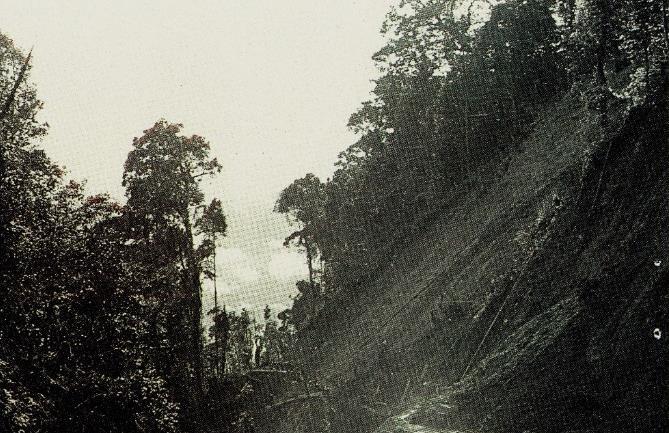

Photo post World War 2. Source taim bipo.


Photos showing the construction of the goldfield’s road Wau to Edie Creek late 1920’s early 30’s. Source taim bipo.
30 Source taim bipo-a selection of old photographs from Papua New Guinea 1880-1960’s by Michael Coutts 1990 Publisher South Pacific Magazine ISBN -998085880X.

Gold dredge 12th August 194831 .
Gold dredges 12th August 1948.
Abandoned Gold Dredge after 1948.

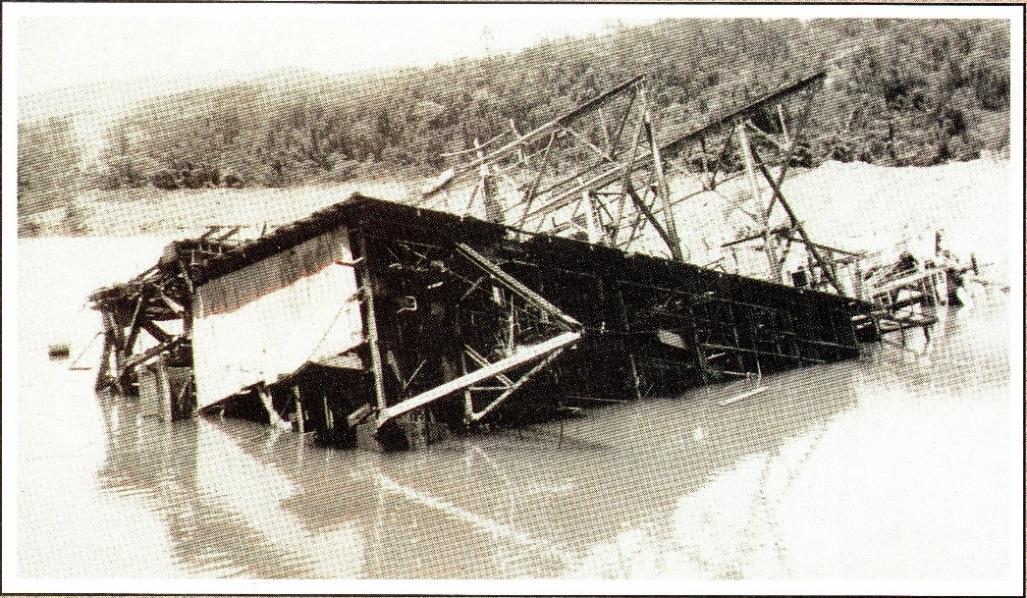
31 Source taim bipo-a selection of old photographs from Papua New Guinea 1880-1960’s by Michael Coutts 1990 Publisher South Pacific Magazine ISBN -998085880X.
Booth, Doris Regina (1895–1970)
by Susan Gardner Doris Booth 1939 Wikipedia
Doris Regina Booth OBE (1 October 1895 – 4 November 1970) was an Australian nurse and goldminer. She was the first female member of the Legislative Council of Papua and New Guinea.
This article was published:
▪ in the Australian Dictionary of Biography, Volume 7 ,
1979
▪ online in 2006 Doris Regina Booth (1895-1970), nursing volunteer and goldminer, was born at South Brisbane on 1 October 1895, daughter of Henry Wilde, clerk, and his wife Minna Christina, née Gerler. After a state school education, she enrolled as a trainee nurse at Brisbane General Hospital but met Captain Charles Booth, a shell-shocked soldier who had prospected in Papua before the war; she discontinued her training when they married on 14 May 1919. After twelve penurious months at Mitchell in western Queensland, Booth became a plantation manager for the New Guinea Expropriation Board at Raniolo near Kokopo. When he was discharged late in 1923, his wife took a share in four trade-stores and broke local convention by becoming a licensed recruiter of labour. Financed by Burns Philp & Co. Ltd, they went surreptitiously to Salamaua in 1924 following rumour of gold. Booth went ahead to the Bulolo valley while his wife secured her own miner's right, refused earlier in Rabaul; single-handed, she then spent five weeks taking a line of carriers from Salamaua to Bulolo. There, while her husband prospected, she was employed by William ('Sharkeye') Park to 'man' his lease. Booth pegged a lease in his wife's name, then left her as the only resident white woman at Bulolo to work it while he prospected at Edie Creek. From September 1926 to January 1927, she also organized and managed a racially segregated bush hospital to control a dysentery epidemic, treating over 32 patients at one time and more than 130 all told. For this work she received the O.B.E. in 1928 and became known locally as 'the Angel of Bulolo'. One of their leases was sold in April 1927 to Morobe Guinea Gold Ltd and Mrs Booth became a director of the firm. While Mrs Booth went to Australia for her health and for business between 1927 and 1930, the marriage began to collapse. Nevertheless, the couple travelled to the United States of America and England and while in London in 1928, with M. O'Dwyer as ghost-writer, she published Mountain Gold and Cannibals, a popularized version of her experiences. After her return to New Guinea in March 1929 she slowly wrested control over the family business affairs from her husband, whom she left early in 1932. Booth sued in the Central Court of the Territory of New Guinea in August 1933 for restitution of property. Since no Mandated Territory law explicitly safeguarded married women's property rights, it was a test case. Judge F. B. Phillips held that British and Australian Acts passed before 1921 superseded the common law notion of male control of joint property and gave Mrs Booth the verdict. When Booth appealed this particularly acrimonious case to the High Court of Australia, the judgment was upheld, and territorial law was amended by the Status of Married Women Ordinance 1935-36. There is no evidence that the couple were ever formally divorced; Booth returned to prospecting while his wife became a successful mine-manager and company director. Settling in Brisbane in July 1938, she worked for the Mothercraft Association until after 1945 when she was involved in rebuilding her business from war-damage insurance. Appointed as the sole woman member of the first and second Legislative Councils of Papua-New Guinea in 1951-57, she supported mining interests, public health, secondary education for black and white, land and housing loans for Europeans and the sexual protection of native women. Doris Booth was a strong opponent of the

liquor (natives) bill of 1955, and of a section in the public service bill (1953) restricting married women to temporary or exempt positions. She represented the women of Papua-New Guinea at the Pan-Pacific Women's Conference of 1955 in Manila. She retired to Brisbane in 1960, did volunteer work with the Methodist Blue Nursing Service, and died of coronary vascular disease at St Andrew's War Memorial Hospital on 4 November 1970.
Select Bibliography
▪ L. Rhys, High Lights and Flights in New Guinea (Lond, 1942) ▪ Commonwealth Law Reports, 53 (1935), 1-32 ▪ Pacific Islands Monthly, June 1954, Dec 1970 ▪ Rabaul Times, 8 Dec 1933 ▪ High Court of Australia, Transcript of proceedings, 1934, annotated by C. Booth, manuscript 5669 (National Library of Australia) ▪ A518: AJ/824/1, AC836/3, A846/l/66, 81 (National Archives of Australia) ▪ private information.
Citation details
Susan Gardner, 'Booth, Doris Regina (1895–1970)', Australian Dictionary of Biography, National Centre of Biography, Australian National University, https://adb.anu.edu.au/biography/booth-doris-regina-5289/text8921, published first in hardcopy 1979, accessed online 12 February 2022.
This article was published in hardcopy in Australian Dictionary of Biography, Volume 7, (Melbourne University Press), 1979
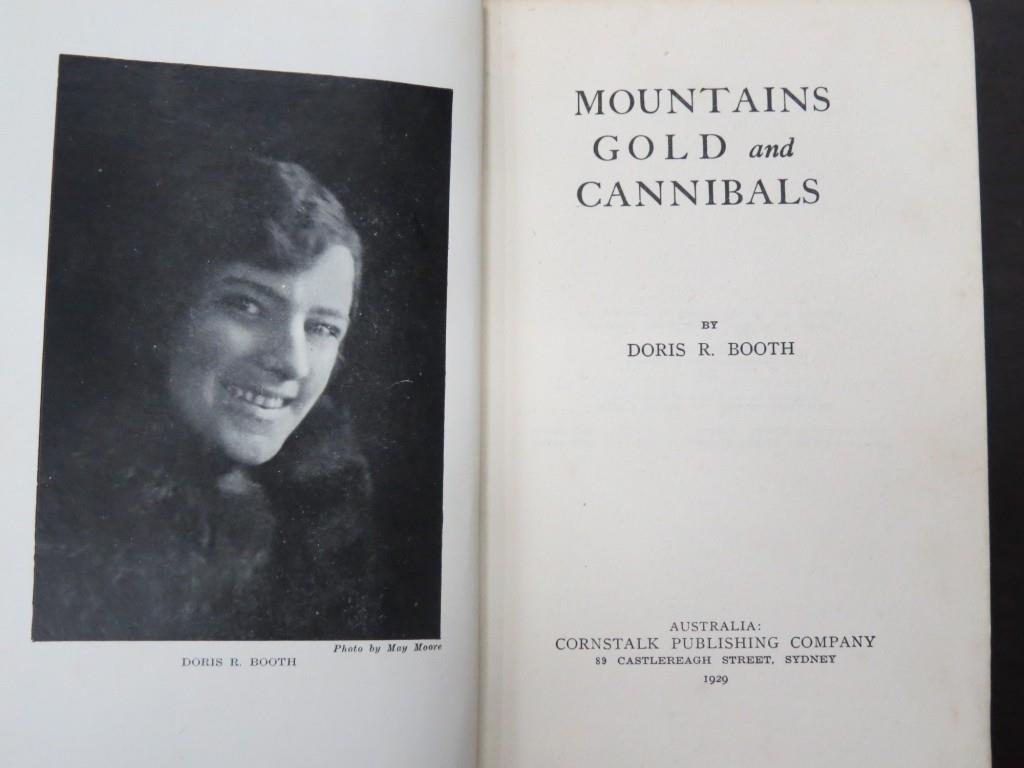
Mrs. Doris Booth's gold mine "Cliffside", on the
Wau, New Guinea, 1933 [picture] / Sarah
Chinnery Creator Chinnery, Sarah Johnston, 1887-1970 Call Number PIC/11131/219 LOC Album 1116/6a Created/Published 1933 Extent1 photograph : b&w ; 16.1 x 21.4 cm.Physical ContextPIC/11131/1-329, 1759-1762 LOC Album 1116/1-4, 6-8-Sarah Chinnery photographic collection of New Guinea, England and Australia [picture]/Mrs. Doris Booth's gold mine "Cliffside", on the Wau, New Guinea, 1933 [picture] View Catalogue Image: 249 Up a level Down a level


Cliffside - a goldmining lease Bulolo River, between Wau and Bulolo. (Home of
Doris Booth OBE).
Source PNGAA
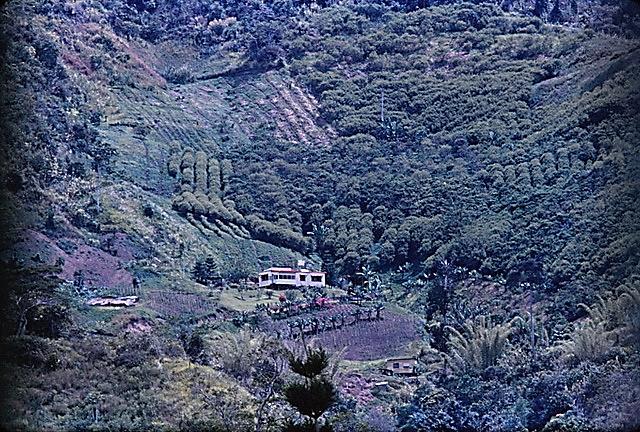
1960 Doris Booth’s property Cliffside. Photo credit Des and June Harries.

